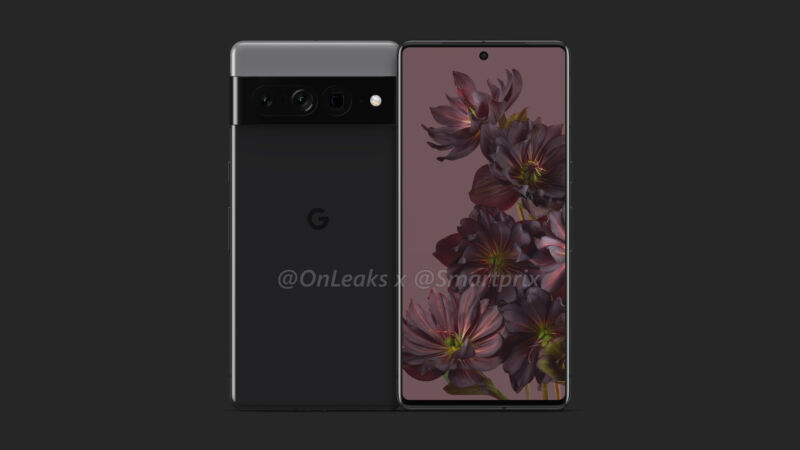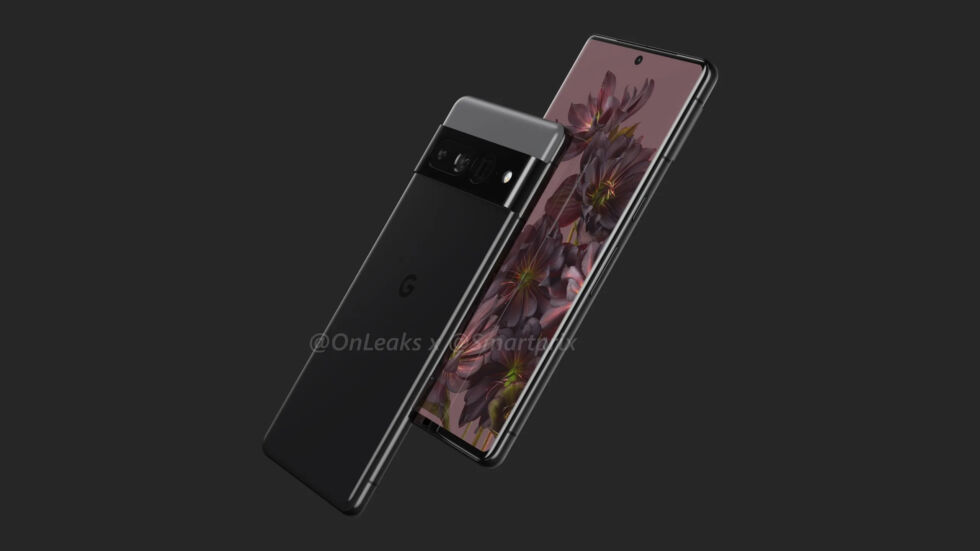
The Pixel 6 is just a few months old, but the first leaks of the Pixel 7 designs are out. Google seems to have sent the CAD files to the case manufacturing industry recently, since both Steve Hemmerstoffer (aka OnLeaks) and David Kowalski (aka xleaks7) have posted Pixel 7 renders today.
These unofficial render leaks are usually based on measurements Google needs to send to third parties in order to have accessories (like cases) ready for their release dates. That means the shape of everything should be accurate down to the millimeter, but finer details (like materials, colors, or the placement of camera lenses inside a camera block) could still be up in the air.
Even with those caveats, there’s no getting around the big picture presented by both renders: the Pixel 7 looks like the Pixel 6. We loved the Pixel 6 design, so bringing that forward to the Pixel 7 is the best outcome we could have hoped for. The upcoming mid-range Pixel 6a is expected to also follow the same design motif. We actually ended the Pixel 6 review by saying, “Hopefully, this is a new beginning for Google Hardware: the start of a stable, cohesive product roadmap, consistent hardware design, and significant year-to-year process.” So far, it looks like we’re getting all that stability and consistency that we were hoping for.
Having similar designs year-to-year for hardware is standard stuff for most professional hardware manufacturers. But this is Google we’re talking about, so this level of stability and cohesiveness is actually a major milestone. Previously, Google’s phone hardware efforts were so turbulent year-to-year that this level of consistency was impossible.

The Pixel 1 XL was built by HTC, and the Pixel 2 XL was built by LG, so the phones had almost nothing in common. With the Pixel 3, manufacturing moved to Foxconn, just like an iPhone, and also in 2018, Google closed a $1.1 billion deal to buy a big chunk of HTC’s smartphone engineering team. The next year, the Pixel 4 and 4 XL phones were the first releases since the Pixel 1 to look like a pair of devices. Then Google opted to skip the flagship smartphone market for the Pixel 5. The transition from the Pixel 6 to the Pixel 7 seems like Google’s first flagship phone cycle where it didn’t reboot everything and start over from scratch. That’s progress! It might be slower progress than anyone expected from a nearly $2 trillion company, but it is progress.
Speaking of continuity, the Pixel 6 introduced the Google Tensor SoC, which was made in collaboration with Samsung’s Exynos division. For the Pixel 7, we know a Tensor 2 is already in the works. 9to5Google was able to dig up some code names and model numbers related to the chip, which will supposedly ship with an unannounced “Exynos Modem 5300.”
The camera block details on these early renders are always the shakiest parts, but both renders show really big lens holes that could point to upgraded camera hardware. Again, upgrading the camera hardware every year is normal for most manufacturers, but that would be a big maturation point for Google Hardware, which previously recycled the Sony IMX362/3 sensor in the Pixel 2, 3, 4, and 5. Google appears to have moved the mmWave window on the top edge of the phone in both models. Currently, the window is a big plastic cutout in the middle of the phone, and in these renders the window is moved to the side.



